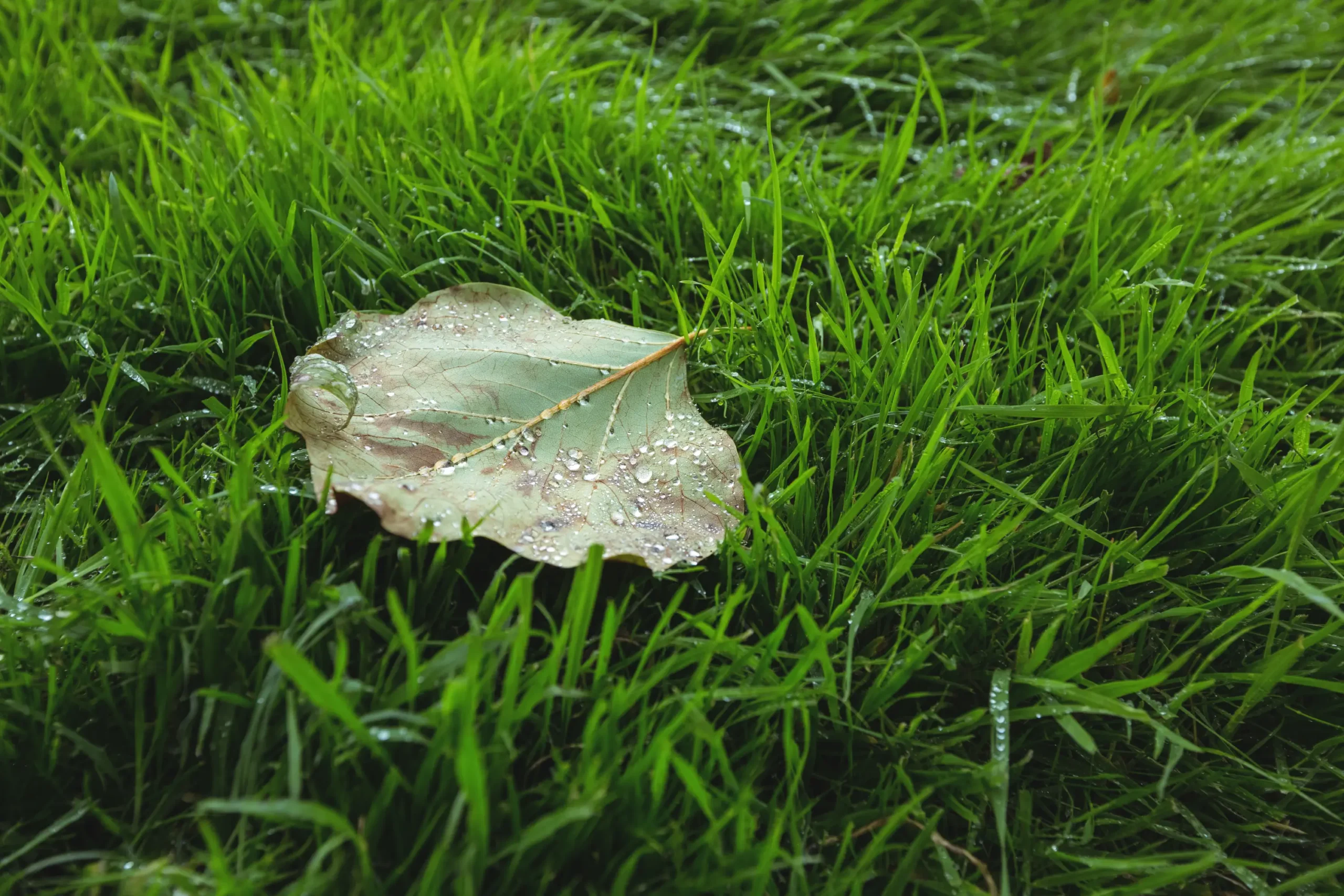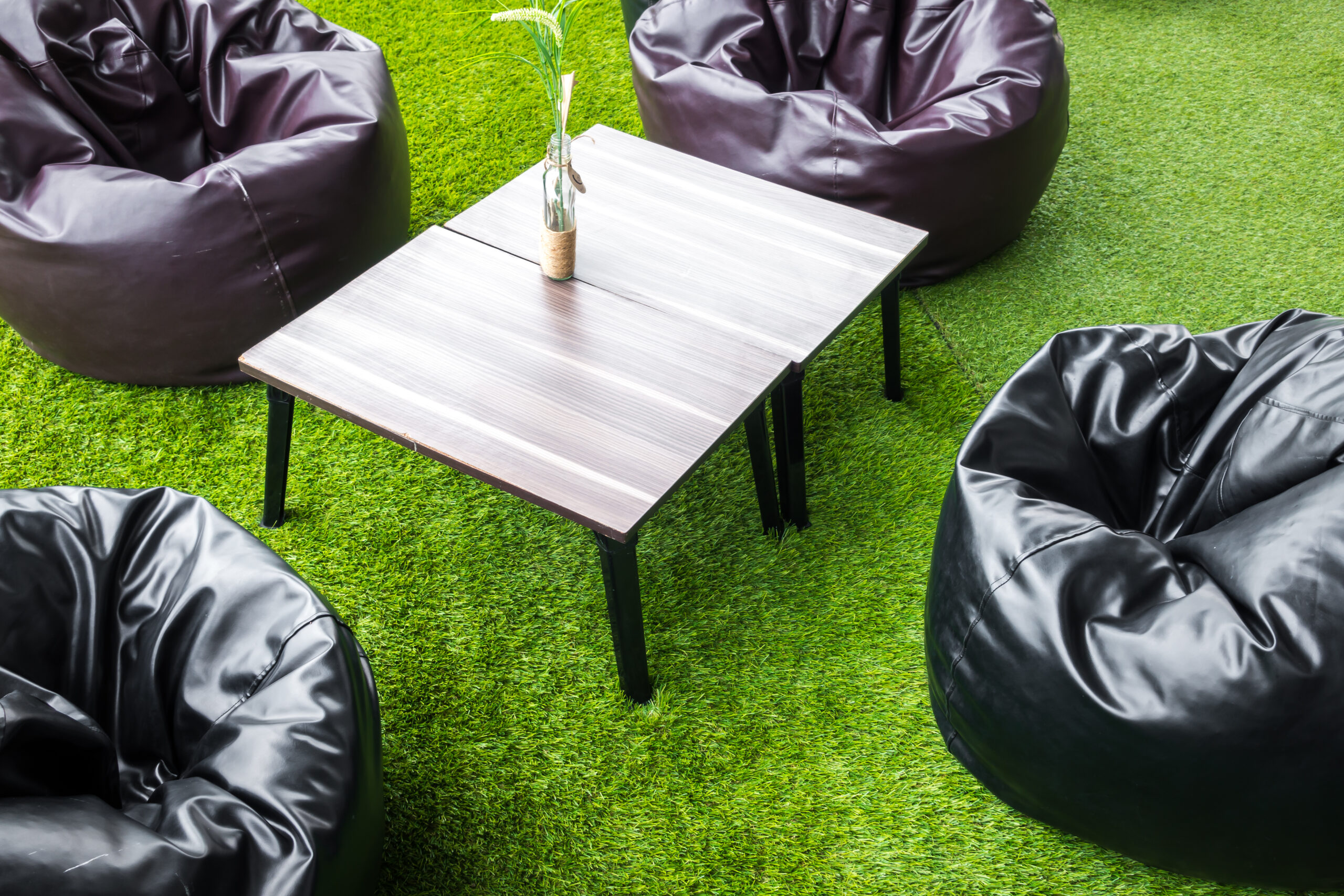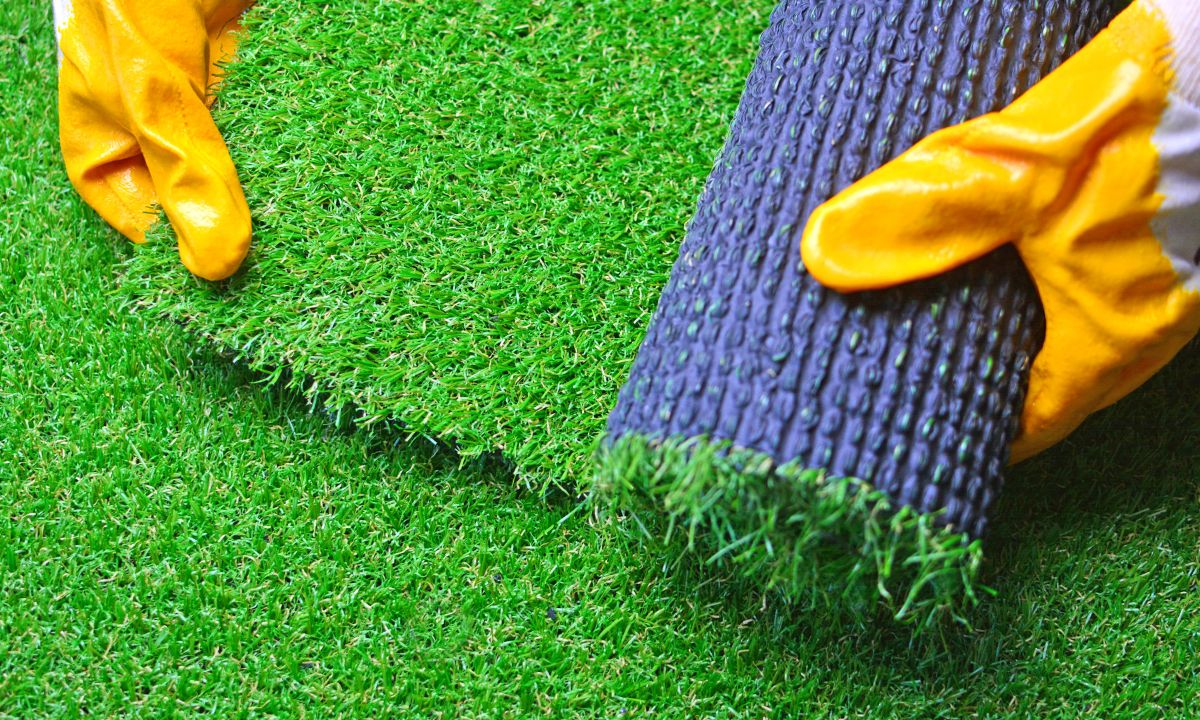
Artificial Grass for Drought-Prone Areas: A Smart Water-Saving Solution
With water restrictions growing more frequent and charges of utilities rising steadily, homeowners and businesses throughout the state are searching for ways they can replace the regular lawn with a more sustainable version. The artificial grass has proved an effective solution that not only helps to solve the environment as well as curb aesthetic inclinations but goes an extra mile in the saving of water.
The Emerging Water Crises in California
The Mediterranean climate of California is quite long with dry summer and unpredictable rain patterns which caused a stress on the water resources of the state. Most parts of the world go through long periods of drought, which compel settlements to enforce stringent water conservation measures.
It is more than a personal water expense. Water systems that serve cities and towns cannot handle demand at times of peak summer irrigation of the lawn.
By minimizing this pressure on the water systems of the cities, artificial grass installations also assist communities in meeting their conservation objectives without having to give up green spaces.
The Synthetic Turf Water Conservation Advantages
Artificial grass does not require frequent irrigation and this amounts to a lot of water saved by the property owners. The average size of lawn 1,800 square feet needs about 99,000 gallons of water a year to keep it healthy in the Californian climate.
This usage involves normal watering program, adjustments during summer and also in drought seasons. This water demand is instantly nullified by installation of artificial grass leaving savings to accrue over the years.
Such water savings prove to be especially useful when faced with drought emergencies where the rate of water goes up and the amount of water being used is restricted to a certain point thereby not being able to irrigate as much as needed.
The long-term water saving effect is on a bigger scale than on individual properties. When whole neighborhoods consider the artificial grass options, the overall effect of reduced consumption translates to the reduced burden on local water supplies.
Financial Advantages During Drought Periods
The economic benefits of artificial grass become most apparent during extended drought periods when water costs escalate and penalties for excessive usage apply.
Many California water districts implement tiered pricing structures that significantly increase costs for high-volume users. Traditional lawn maintenance often pushes households into these expensive usage tiers.
The financial benefits extend beyond water savings to include reduced maintenance costs. Artificial grass requires no fertilizers, pesticides, or herbicides, eliminating recurring chemical treatment expenses.
Environmental Impact and Sustainability
Artificial grass contributes to environmental sustainability in drought-prone areas through multiple pathways beyond water conservation. The elimination of chemical treatments prevents runoff that can contaminate groundwater and local waterways.
This reduction in chemical usage creates healthier environments for families, pets, and local wildlife. The absence of maintenance equipment operation reduces carbon emissions associated with lawn care.
Addressing Common Concerns About Synthetic Turf
Property owners considering artificial grass often express concerns about heat retention and aesthetic authenticity. Modern synthetic turf technologies have addressed these issues through advanced fiber designs and infill materials that regulate surface temperatures and create realistic appearances.
Heat management innovations include reflective fiber coatings and cooling infill materials that maintain comfortable surface temperatures even during peak summer heat. These technologies ensure that artificial grass remains usable for recreation and relaxation throughout the year.




